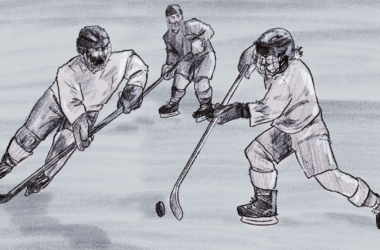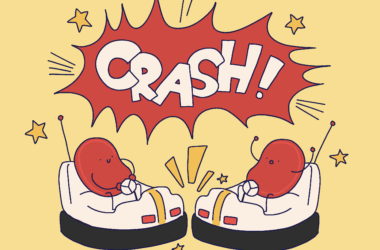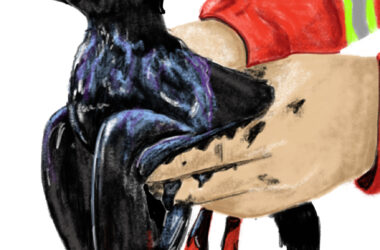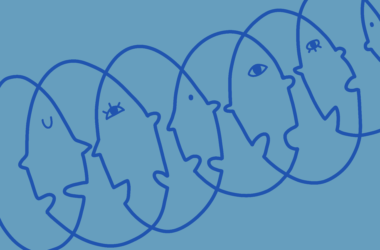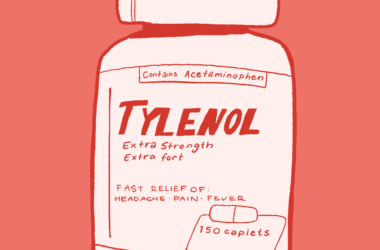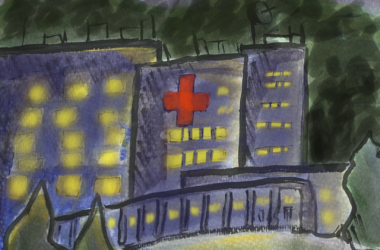Hockey is a key component of Canadian culture, as it is our national sport and a great source of joy and pride. Whether played competitively, in gym class, or just for fun on a frozen lake, hockey unites players across the country. Yet despite its importance to many across various[Read More…]
Science & Technology
The latest in science and technology.
Could personalized interventions transform eating disorder care?
Eating disorders (EDs) are serious and prevalent conditions that can impact all aspects of one’s life. However, treatment remains difficult to access as a result of high costs, long waitlists, and geographic limitations. But what if just one encounter could significantly improve cost-effectiveness and long-term outcomes for individuals living with[Read More…]
Rogers Place and the overlooked costs of urban development projects
The creation of public sports infrastructure often sparks excitement, as many view these projects as symbols of progress and cultural pride. Yet few consider how such developments impact marginalized populations, notably Indigenous communities. A study in the International Journal of Urban and Regional Research examining Rogers Place—Edmonton’s $613.7 million CAD[Read More…]
Breast cancer clarified: Addressing medical advances and common misconceptions
Breast cancer is far more common than many people realize; in 2024, breast cancer accounted for 25 per cent of the new cancer cases in Canadian women. While breast cancer survival rates have improved drastically over time, researchers continue to study the disease to improve patient outcomes. One such researcher[Read More…]
When cells collide: Understanding the effects of red blood cell collisions
The field of biomedical engineering is complex, to say the least. Out of all the sciences, it is one of the hardest to understand, as it centres around understanding and altering the millions of interactions occurring in our bodies everyday. In a recent study published in Scientific Reports, McGill Alumni[Read More…]
Global health diplomacy in Palestine: Overlooked and underutilized
To describe Palestine’s current healthcare system as anything less than devastated would be a mischaracterization. According to United Nations (UN) experts, the Israel Defense Forces (IDF) are systematically targeting and destroying hospitals, Israel is blocking external aid and resources, and famine is taking the country by storm. In such a[Read More…]
Ships, spills, and genetic shifts: How oil pollution changes Arctic birds’ DNA
The effects of climate change are increasingly visible around the world, but nowhere are these impacts more observable than in the Arctic. The region’s temperature is rising at over two times the global average—a phenomenon that has devastating impacts on natural ecosystems. As the ice melts, it destroys natural habitats,[Read More…]
How institutional regulations of multiple relationships gatekeep psychotherapy
Are there risks in enforcing ethical boundaries in the context of psychotherapy? This question arises when considering how and why ethical red tape becomes cemented into clinical practice, especially in regard to the client-psychologist relationship. Dennis Wendt, associate professor in McGill’s Department of Educational & Counselling Psychology, and director of[Read More…]
Fact or Fiction: Does taking Tylenol while pregnant cause autism?
If you have done any scrolling recently, whether on TikTok or a news feed, then you have likely seen that U.S. President Donald Trump claimed that using Tylenol during pregnancy can be “associated with a very increased risk of autism” in children, and that it is “not good.” His statement[Read More…]
Designing culturally safe interventions in obstetrics
Sept. 28, 2025, marks five years since the death of Joyce Echaquan, a 37-year-old Atikamekw woman who died of pulmonary edema—fluid accumulation in the lungs—due to medical negligence in a northern Montreal hospital, Centre Hospitalier de Lanaudière. Joyce livestreamed the persistent mistreatment and discrimination she endured while seeking medical attention,[Read More…]
